If you or your mechanic see P0440 code appear on a code reader when diagnosing engine issues, what does this mean? What does P0440 mean, and how to fix this issue?
The code P0440 appears when the car’s computer system determines that there could be a leak in the car’s EVAP system. But take note that this does not necessarily mean that a leak is really happening. The EVAP system has many components which can fail during operation.
P0440 is an error code conveying a malfunction of any part in the car’s evaporative emission control system. When you see this code flashing on your dashboard, it means there is a component of the EVAP system that is not working properly.
Read on to learn more about the P0440 code, what it means, how to fix this problem, and the cost to fix it.
P0440 Code
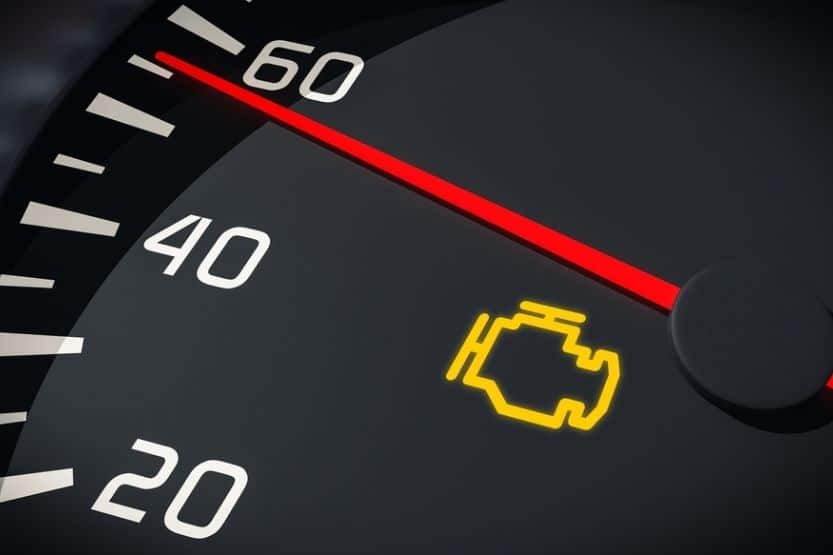
Code P0440 is part of the OBD-II genetic code. It is one of the diagnostic codes associated with the car’s EVAP system. When your car’s engine control module (EDM) detected an error in your EVAP system, this code will be displayed on an OBD code reader.
When you see this engine code P0440, it could mean there is a leak is occurring in the fuel tank vapor system or a vapor pressure sensor is malfunctioning. But be aware that it does not necessarily mean that a leak is really happening.
Components of the EVAP System
There are many components of the EVAP system that can malfunction during operation. Included in the parts of the EVAP system are the following:
- Hoses
- Fuel lines
- Carbon canister
- Purge valve
- Vent valve
- Fuel tank
- Gas or fuel cap
These parts in the EVAP system work as a group. Their task is to prevent the fuel vapors (or by-products) that the EVAP system produces from escaping and polluting the atmosphere.
The EVAP system installation is to comply with the government’s emission standards. In other words, this system must be leak-free.
The PCM or power train module, your car’s primary computer, constantly checks for leaks by conducting system self-tests when certain conditions are met. So, when the OBD code P0440 is triggered, there is a component of the EVAP system that is not working properly.
This code will continue flashing on your dashboard until you fix the error causing the signal. If the condition that triggered the flashing light is just a minor problem and corrects itself, the code will disappear, and the light will stop flashing. But if it is a major fault, the light will continue flashing until you resolve the problem.
Just like the OBD code P0420, the P0440 code is a generic powertrain code. That means it can appear in all types and models of vehicles – commonly in Toyota (P0440 Toyota) and Chevy (P0440 Chevy) vehicles. However, unlike other OBD-II codes, P0440 does not affect the drivability of your car. It also won’t cause further damage. But you should still fix the underlying cause of the problem to clear the code from your dashboard.
How Serious Is This Code P0440?
P0440 issues are not that serious if you feel that emission tests are not that important. However, since you won’t be allowed by the authorities to operate your car if it pollutes the atmosphere, you really need to see why your car’s PCM is triggering this code.
While letting this code go undisturbed will not cause any serious damage to your car, it still means that one of these three things are present in your car:
- There is a vapor leak in the EVAP system. These vapors are dangerous to breathe in and can be very flammable.
- If the check engine light continues to flash, your car will fail the emission test.
- You are wasting money since your car is not optimizing its use of fuel. Your car’s fuel efficiency will go down. Some of the fuel turns into vapor. The engine is not using them to provide motive power.
Symptoms of a Failing EVAP System
The most common symptoms of a malfunctioning EVAP system are the following:
- Flashing check engine light – a problem in the EVAP system can trigger the check engine light to flash. To correctly diagnose the problem, connect an OBD-II scanning tool to your car.
- The strange smell inside the cabin is an unusual odor coming from the engine bay and creeping inside the cabin. The cause can be a leak in the EVAP system.
- Leaking or broken fuel tank.
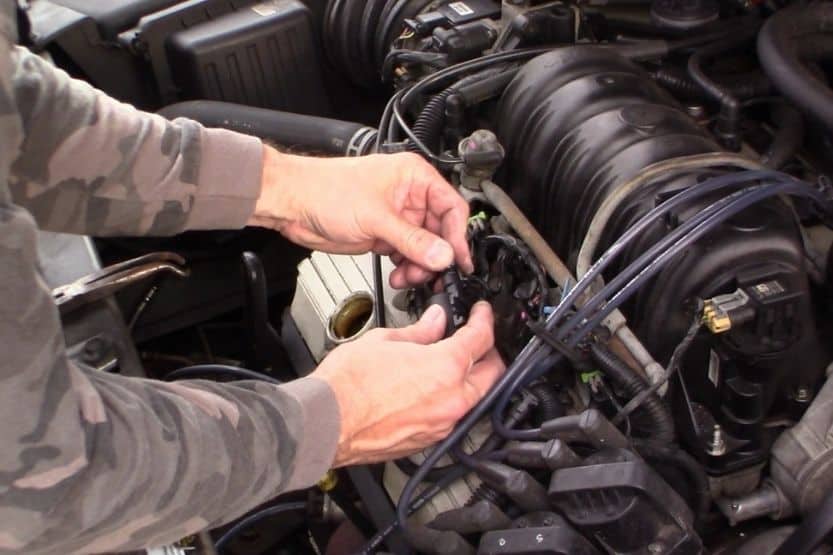
Causes of Code P0440
Various causes of the code P0440 include the following:
- The car’s ECM has closed off all the fuel tank vapor lines. It tracks the vapor pressure and observes that a pressure drop has occurred more than what is allowed within the ECM’s test parameters.
- Damaged, missing, or improperly closed fuel cap. This is the most common trigger of this code. Once you get this code, check the fuel cap on the fuel tank. Ensure that it is not open. Also, check if there are visible cracks on the cap. These cracks can compromise the seal of the fuel tank.
- A part of the vapor fuel system is leaking. It could be the vent valve, fuel filter neck, carbon canister, gas cap vent, or any component of the vapor recovery system.
- Punctured or disconnected EVAP system hoses. Over time, the EVAP system’s hoses become brittle, puncture, and break, causing fuel vapors’ leaking.
- The fuel vapor pressure sensor is malfunctioning and giving incorrect readings to the ECM.
- The fuel tank pressure sensor is malfunctioning. It sends incorrect data to the ECM.
- The gaskets or seals of the fuel tank are not installed properly or damaged, causing fuel leaks. This can happen after doing component repairs. There is no tight seal, thus triggering the code.
- The purge solenoid is failing. This valve allows the fumes to get into the engine.
- Failing or lose NVLD (natural vacuum leak detection) system. This sensor is used to indicate if the system is working properly or not.
- The LDP (leak detection pump) or its switch is not working.
Check this video that shows the possible causes of the the P0440 code.
How to Diagnose Code P0440 Issues
The code P0440 could be triggered for various reasons. To correctly diagnose the problem’s cause, a preferable method is for a qualified car mechanic to perform the diagnostics.
In diagnosing the root cause of why the code is triggered, a mechanic will usually perform the following tasks:
- They will scan the code and document it in the ECM. They will view the freeze frame data to determine when the failure occurred.
- The mechanic will inspect the whole fuel system. This will include the fuel and vapor lines from the front to the back of the car. Also, they will check for any signs of fuel and vapor leaks.
- They will check to ensure that the fuel cap is tight and fully close since this is the usual problem.
- The mechanic will conduct a smoke leakage test on the car’s vapor fuel system. This is done to determine the location of the vapor leak. They will use the vapor port to do this.
- If they don’t find any leak, they will follow the car manufacturer’s pinpoint test. This is a detailed inspection of the car’s vapor sensor and system for code P0440 because systems can differ between carmakers.
You can certainly perform the above tasks if you want to save money instead of paying a certified car mechanic to do it. However, the issue requires someone with experience to diagnose the problem accurately.
You could perhaps start with checking the fuel cap. It is effortless to buy a new one to replace the damaged cap if it is broken. You need to check if the trigger code clears after using a new fuel cap. If the trigger still flashes continuously, you really need to call for a car mechanic.
IF the fuel cap is not the problem, diagnosing it correctly will be a complex procedure. It will also be time-consuming, and it is straightforward for a novice to misdiagnose the problem and cause more damage to the EVAP system. So, if you are in doubt, call for legit professional help.
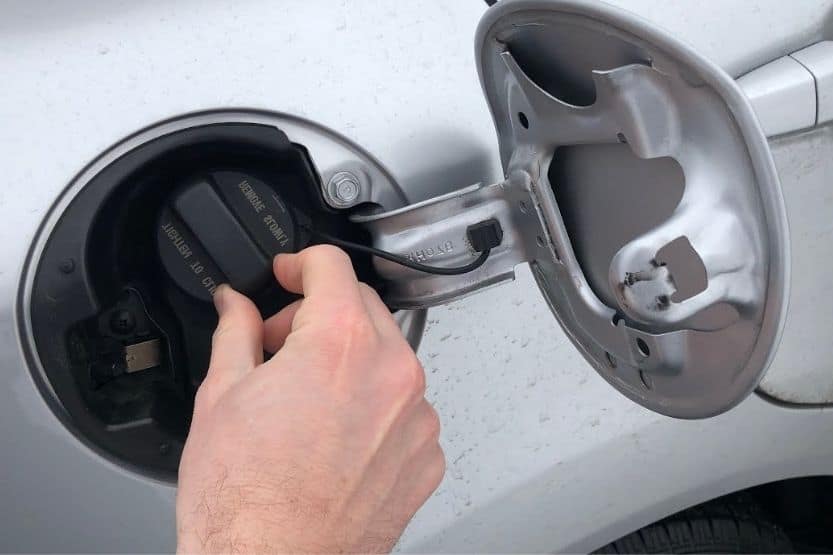
How to Fix Code P0440 Issues
There are several fixes to clear the code P0440 trigger.
They include the following:
- Resetting or tightening the fuel cap and replacing it if necessary.
- Replacing or repairing the vapor system part or parts that are leaking. These could include the carbon canister or the vapor control valve.
- Taking your vehicle to a competent car repair shop. Check if they have a ‘smoke machine.’ This machine will show where the leaks are in your EVAP system and fuel line. It will put smoke into the system, and it will be easy to see where the leaks are coming out. This will save you a lot of time checking and examining your car’s EVAP and fuel line.
- Repair or replace fuel lines and EVAP system hoses that have cuts and holes in them. Any leak from any part of the fuel line and EVAP hoses will trigger the code, so these holes and cuts need to be repaired. If the line or hose is beyond repair, replace it with a new one.
- If you cannot clear the trigger code with all your efforts, the best fix left for you to consider is to take your car to a competent car mechanic or car repair shop specializing in fixing EVAP systems and fuel lines. They will have all the technical know-how and equipment to resolve all P0440 code issues.
Approximate Cost of Repair
The EVAP system of your car controls the emission by storing vapors produced by fuels that have evaporated and sending them back to the fuel tank to be re-circulated in the fuel system.
If there are problems that compromise the efficient operation of the EVAP system, repair costs can range from $200 to $560 for replacement parts. Labor costs will range from $35 to $140, depending on the job’s difficulty and the time necessary to complete it.
If you opt for a smoke test, you could be spending from $50 to $150. Some certified mechanics can do home service. You don’t need to take your car to their service shops. They will be the ones to repair your car’s EVAP system right in your home. But that will be more expensive.
Home service engine light diagnostics may cost around $90. Once the mechanic ascertains the problem’s root cause, the mechanic will give you a quote for the required fix. Some car shops which do home service offer a $20 discount to their customers. Most of these repairs are backed up with a 1-year or 12,000 miles warranty.
If you want to know the average costs of replacement parts, check the following:
- EVAP line – ranges from $20 to $100
- Purge Volume Control Valve – from $150 to $200
- Gas/Fuel Cap – from $20 to $60
- EVAP Vent Control Valve – from $150 to $200
Conclusion: Code P0440
When you see code P0440 flashing on your car’s dashboard, it means the car computer has determined that there is something wrong with the car’s EVAP system. The most common reason for this code’s triggering is a considerable leak in the system.
However, you should bear in mind that this is not always the case. The EVAP system of your car is composed of many parts. Any one of these parts can fail whenever your car is running and when the EVAP system operates.
Related reading:
Smoke Test for Car – How to Test and Cost
P0420 Code [Causes and How to Fix]

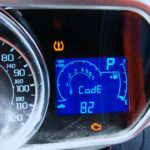
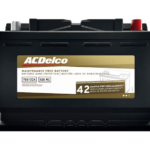
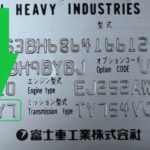
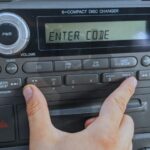
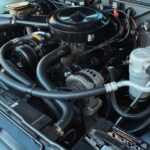
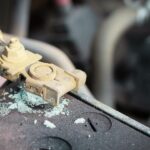
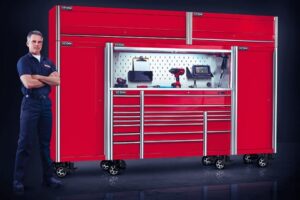
![Read more about the article Maaco Paint Job Cost [How Much Is It?]](https://roadsumo.com/wp-content/uploads/2022/01/Maaco-paint-job-cost-300x200.jpg)
![Read more about the article Gas Leaks in Car [Causes and How to Fix]](https://roadsumo.com/wp-content/uploads/2021/08/gas-leaks-in-car-300x200.jpg)